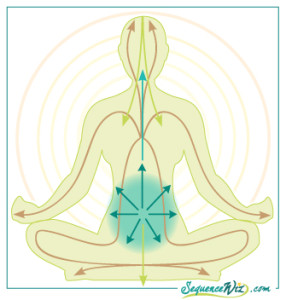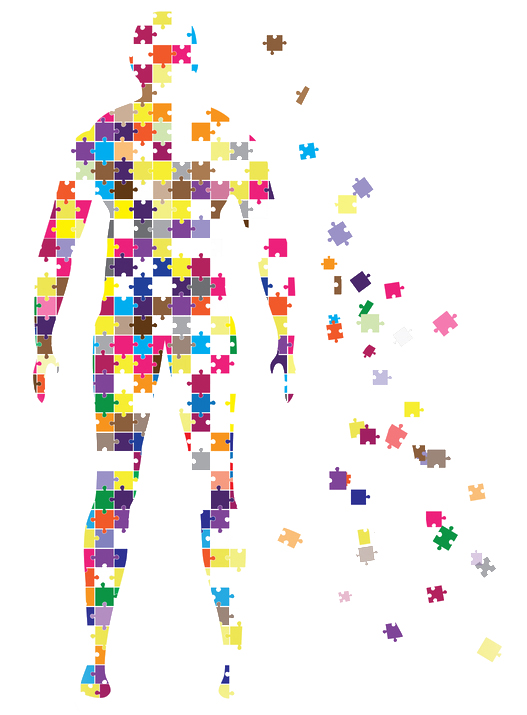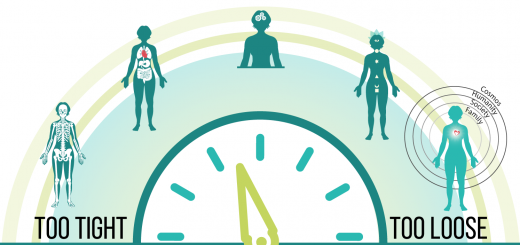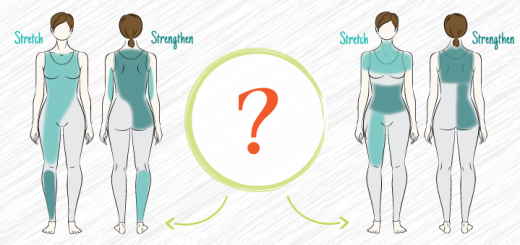Yogic and Ayurvedic views of digestion
0A model is a sort of a mental construct that we use to explain and understand reality; it is not reality itself. This is an important point to understand when we deal with our bodies – we have a direct experience of how the body feels, and then we can choose a model to interpret what is happening inside.  For example, we can use a Western science-based lens, so to speak, to explain how the body works, or the Yogic lens, or the Ayurvedic lens, or any other lens; there are plenty to choose from. Our choice of the lens depends on different factors: where we grew up, what we choose to believe, the experiences we have had, and so on.
For example, we can use a Western science-based lens, so to speak, to explain how the body works, or the Yogic lens, or the Ayurvedic lens, or any other lens; there are plenty to choose from. Our choice of the lens depends on different factors: where we grew up, what we choose to believe, the experiences we have had, and so on.
Couple of weeks ago we discussed the process of digestion from the Western point of view; it studies the work of the actual organs of digestion and attempts to troubleshoot the digestive issues organ by organ.
Today we will take a look at how Yoga and Ayurveda view the digestive system and whether or not it is similar to the Western approach.
The yogic tradition doesn’t really concern itself with the actual process of food moving down the digestive tract; it is much more interested in the energy flow through the system. When the flow of energy though the system is impeded in some way, it can reflect in poor organ function. In yoga we use the Panchavayu model to understand the energy and physiology of the body.
According to the Panchavayu model, there are five energies that govern all the processes in the human body. After things enter the system governed by Prana vayu, they get processed by Samana Vayu. Those “things’ include the actual food and water, but also the sensory input, experiences, new knowledge and so on. Samana vayu is responsible for processing all that stuff; whatever “nutrients” (in a broad sense) are produced are distributed throughout the system by Vyana vayu, and whatever waste is generated gets eliminated by Apana Vayu. As a result of those energies working in harmony we grow (the function of Udana vayu), both literally and metaphorically. According to this system, if we experience constipation, for example, it is a result of Apana vayu not working properly and it can also manifest as other “blockages” in the system, both physical and mental.
The Panchavayu model provides a more whole-listic view of the human system; here we look for patterns and try to understand where the imbalances are on the different levels of the system (physical, physiological, mental-emotional, etc.) And the practices we choose are designed to affect the flow of certain type of energy, rather then the function of an individual organ.
According to the Ayurvedic model, all organic and inorganic substances are derived from five basic elements: Ether, Air, Water, Earth and Fire. The fire element is represented by agni (which has the same word root origin as “ignite”) and governs all transformation. Vasant Lad, Ayurvedic physician writes: “The primary function of agni is the digestion, absorption, assimilation and transformation of food and sensations into energy.”(1) In Ayurveda they say that the man is as old as his agni. Strong, consistent agni is said to create good digestion, normal temperature, good tissue nutrition, strong immunity, healthy glow, strength and vitality along with confidence, courage and mental clarity.
The concept of agni is the cornerstone of the Ayurvedic tradition; it has defined more the 40(!) kinds of agni related to digestion, assimilation and absorption of food from the moment it enters the mouth to the assimilation that takes place on the cellular level. Each one of those types possesses certain qualities, can be balanced or imbalanced, and can be affected by our food choices and supplemented by certain Ayurvedic remedies. This is a very extensive system that has been compiled over thousands of years. It is rather complex, and if you choose to utilize this model to understand your inner processes, it is best to consult a qualified Ayurvedic practitioner.
As you can see, each one of those systems looks at digestion and interprets it from a different perspective, offering different kinds of remedies for system malfunctions.  This doesn’t make either model more or less valid; we usually get in trouble when we begin to “mix” those models, pulling certain concepts out of context and trying to manipulate them to support our own agenda. Don’t get me wrong – it is perfectly normal to use different models when we try to understand the human system – we do it all the time. A yoga teacher can talk about peristalsis (Western concept), Samana vayu (yogic concept) and jathara agni (Ayurvedic concept) in connection to digestion, which is perfectly fine. But it is best if we preface that conversation by saying “According to the yoga tradition ….” and then stick with the Panchavayu model, for example. Otherwise we can confuse ourselves and confuse our students. Mixing models is like trying to create a comprehensive view of the human system by using pieces from three different puzzle sets – we might come up with something intriguing, but it won’t necessarily give a us a whole, consistent picture.
This doesn’t make either model more or less valid; we usually get in trouble when we begin to “mix” those models, pulling certain concepts out of context and trying to manipulate them to support our own agenda. Don’t get me wrong – it is perfectly normal to use different models when we try to understand the human system – we do it all the time. A yoga teacher can talk about peristalsis (Western concept), Samana vayu (yogic concept) and jathara agni (Ayurvedic concept) in connection to digestion, which is perfectly fine. But it is best if we preface that conversation by saying “According to the yoga tradition ….” and then stick with the Panchavayu model, for example. Otherwise we can confuse ourselves and confuse our students. Mixing models is like trying to create a comprehensive view of the human system by using pieces from three different puzzle sets – we might come up with something intriguing, but it won’t necessarily give a us a whole, consistent picture.



















